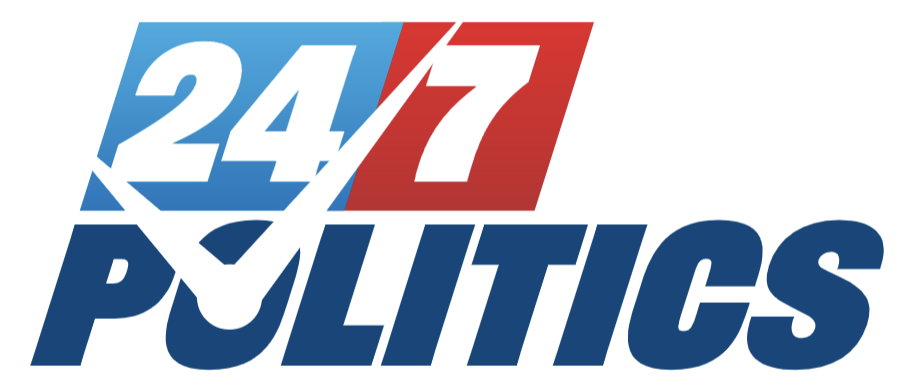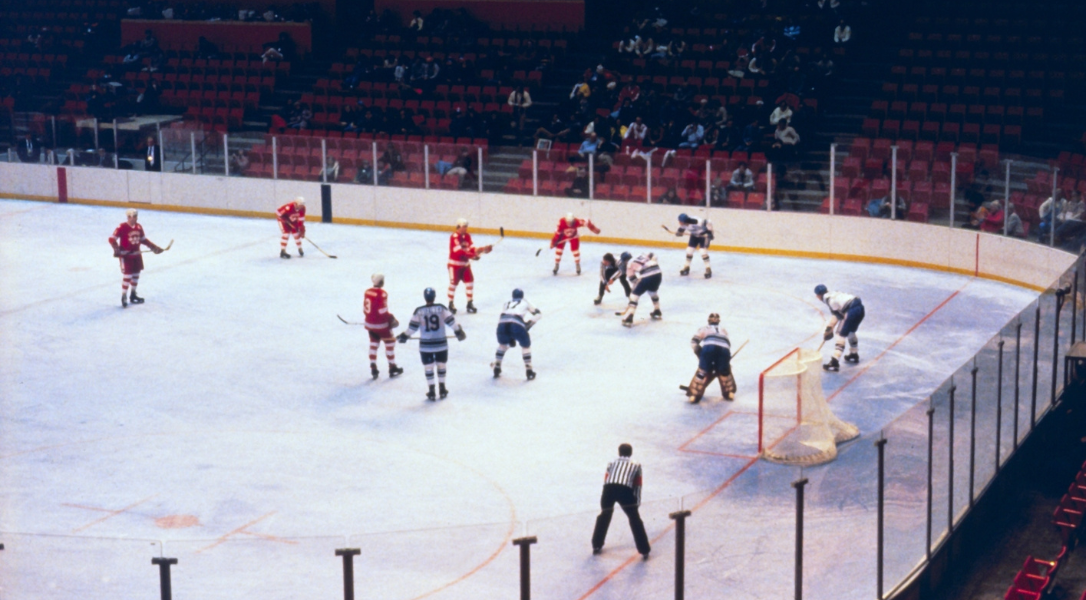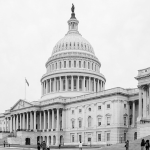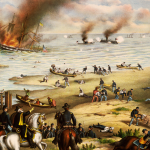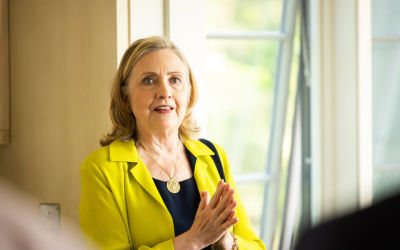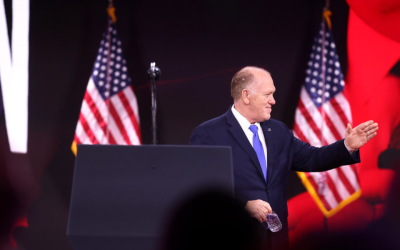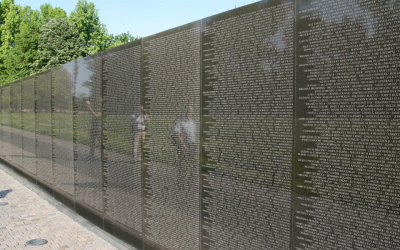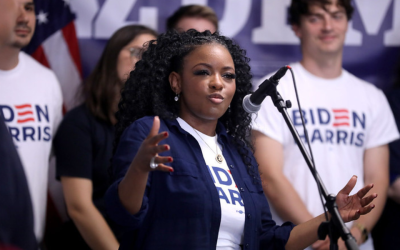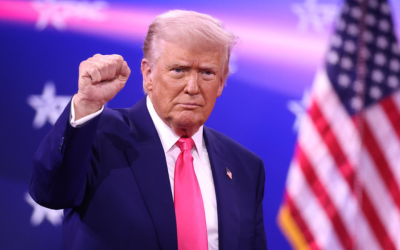For decades, the Soviets had dominated international hockey, their team a polished machine backed by the full force of a communist superpower.
The Americans, by contrast, were a scrappy collection of amateurs thrown together under the relentless leadership of Coach Herb Brooks. The odds were impossible. The stakes were monumental.
And yet, in one of the most iconic moments in sports history, they defied expectations, sending shockwaves through the sports world and reigniting American pride at a time of political and economic despair.
The Miracle
On February 22, 1980, a ragtag team of American college hockey players stunned the world by toppling the seemingly invincible Soviet Union in a 4-3 victory at the Winter Olympics in Lake Placid.
Dubbed the “Miracle on Ice,” this wasn’t just an upset – it was a Cold War battle fought on ice, a symbolic victory for a nation desperate for a win.
In 1980, the Cold War tensions that had existed for decades were heightened after the invasion of Afghanistan by the Soviets in December 1979, just two months prior to the start of the Olympics.
Therefore, any games between the two nations represented much more than an ordinary sporting contest, and emotions would be high.
The American team had played well in the first stage of the Lake Placid games. It garnered four wins and a tie to advance into the medal round.
The Soviets team, as predicted, had won all five contests, and averaged a stunning 10 goals a game.
Expectations were low that the United States had any chance to beat the Soviets when the teams met in the first game of the medal round. Indeed, the U.S. team had played the Soviets just two weeks prior in an exhibition game at Madison Square Garden. On that day, the Americans were soundly defeated 10-3.
Make-up of Soviet Team
Many of the players from the Soviet team were members of the Red Army, though they had few responsibilities in that sphere. They were the beneficiaries of a well-funded, state-sponsored athletic program.
The government allowed them to devote their lives to hockey, and the members trained together nearly year round. The players had access to only the top coaching, best facilities, and top-tier competition while keeping their amateur status.
Players like Boris Mikhailov and Vladislav Tretiak were considered among the world’s best and were held in international esteem.
It is worth noting that various countries had staged boycotts of Olympic hockey, raising their voices against what they called the “professional amateurism” of the Soviets. These moves had no effect on changing Olympic policy.
U.S. Team
The U.S. team, in stark contrast to the Soviets, was hastily assembled just months before the Olympics. They faced a significant skill gap and had little international experience.
Most were in their early 20s and came from the ranks of amateur college players.
But Coach Herb Brooks, the architect of the team, had a sharp vision. He sought to create a hybrid of North American and European playing styles. He believed in blending tough college athletes with various playing styles to form a tenacious, physical squad.
Brooks’ strategy was to concentrate on selecting players with speed, conditioning, and adaptability. He sought players capable of quick thinking, thus they could adjust spontaneously to changing game situations.
Still, on the eve of the Olympics, few saw any hope for the upstart Americans to capture gold.
The Game
According to Mike Eruzione, the US team captain, the team “played with self-assurance right from the start.” They came out strong early and there were no thoughts of the earlier exhibition game with their opponents.
The New York Times reported the “fans and players fed off one another in the festive atmosphere at the arena,” as American players unleashed a “constant pressure of intimidating body checks.”
The first period ended tied, 2-2. This was after a last-second goal by the American Mark Johnson. Johnson had capitalized on a mistake by legendary goaltender Vladislav Tretiak.
Tretiak was yanked from the game in the second period, and the Soviets would score the only goal of the period, thus leading 3-2. The match remained a nail-biter.
Suddenly, midway through the third period, the United States scored two quick goals to take the lead 4-3. The game took on a frantic pace as the Soviets tried to score. In the game’s final minutes, the crowd went ballistic with each touch of the puck.
At the 28 second mark on the clock, ABC announcer Al Michaels proclaimed, “The crowd has gone insane!” At the 10 second mark they started counting down every second.
As it became clear that the United States would hold on for the victory, at the two second mark Al Michaels famously shouted, “Do you believe in miracles? Yes!”
His words gave the game its enduring title, the “Miracle on Ice.”
Reporting on the upset, the New York Times wrote, “Few victories in American Olympic play have provoked reaction comparable to tonight’s decision at the red-seated, smallish Olympic Field House.”
“At the final buzzer, after the fans had chanted seconds away, fathers and mothers and friends of the United States players dashed onto the ice, hugging anyone they could find in red, white and blue uniforms,” the report continued.
The Aftermath
The American team still had to play one more game before their quest for gold was over. On February 24, they came from behind in the third period to defeat Finland 4-2, winning the gold medal. The Soviets went home with the silver.
The “Miracle on Ice” occurred during a challenging time for the people of the United States, that being the Presidency of Jimmy Carter. They suffered through the Iranian Hostage Crisis, an energy crisis, runaway inflation, and high unemployment.
The improbable victory by their hockey team helped raise the nation’s spirits at a much-needed moment.
Are you enjoying 24/7’s deep dives into recent and not-so-recent history? Would you like to see more stories like this one? If so, reply back to news@247politics.net and let our Editorial Team hear from you!
For now, keep an eye on your inboxes Thursdays and Saturdays for new editions of “Today in History” from the 24/7 team!
Also, be sure to sign up for 24/7’s Exclusive “Choose the News” Focus Group for your chance to vote on and submit commentary in our Featured Story each week!
